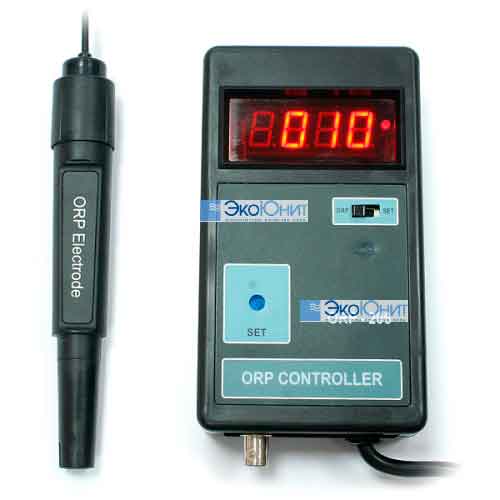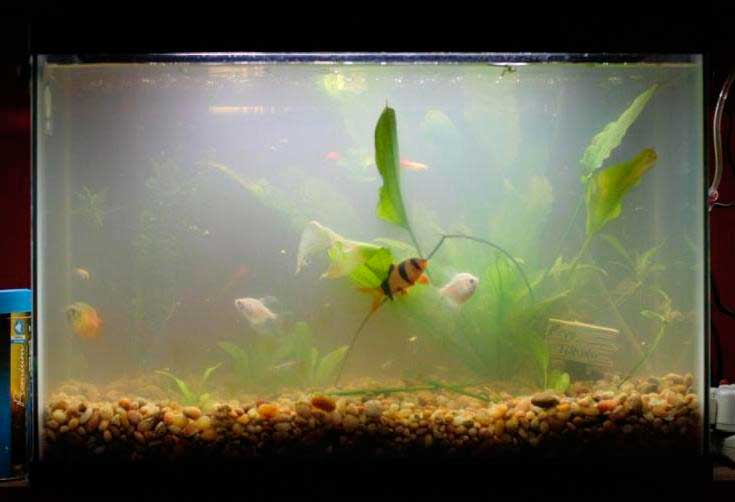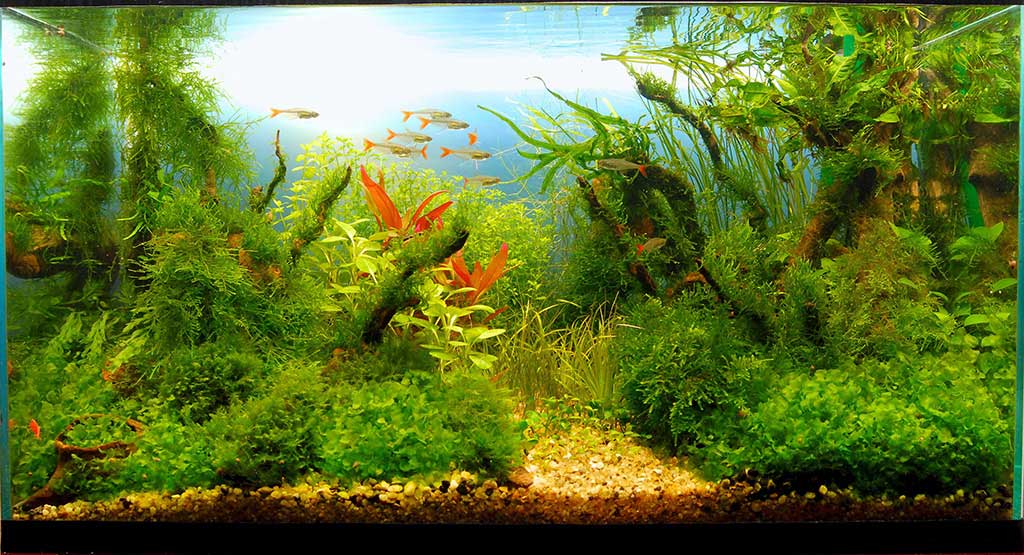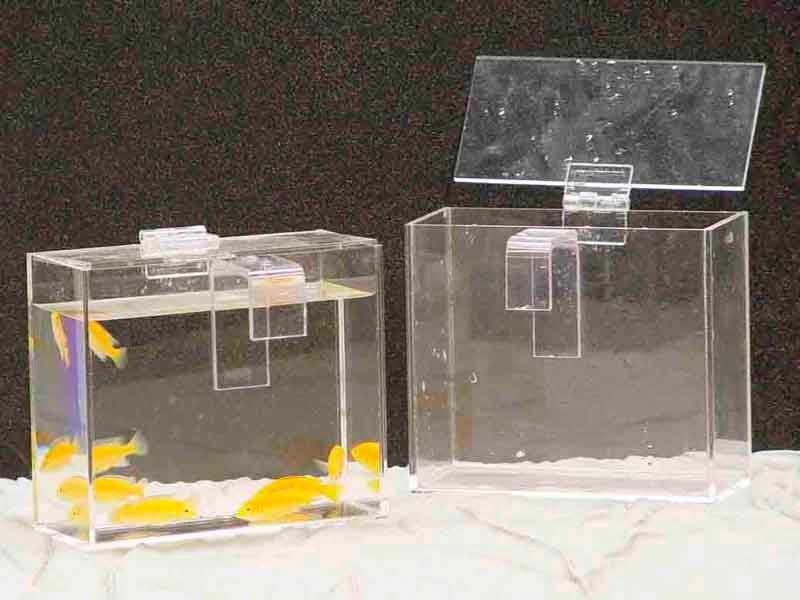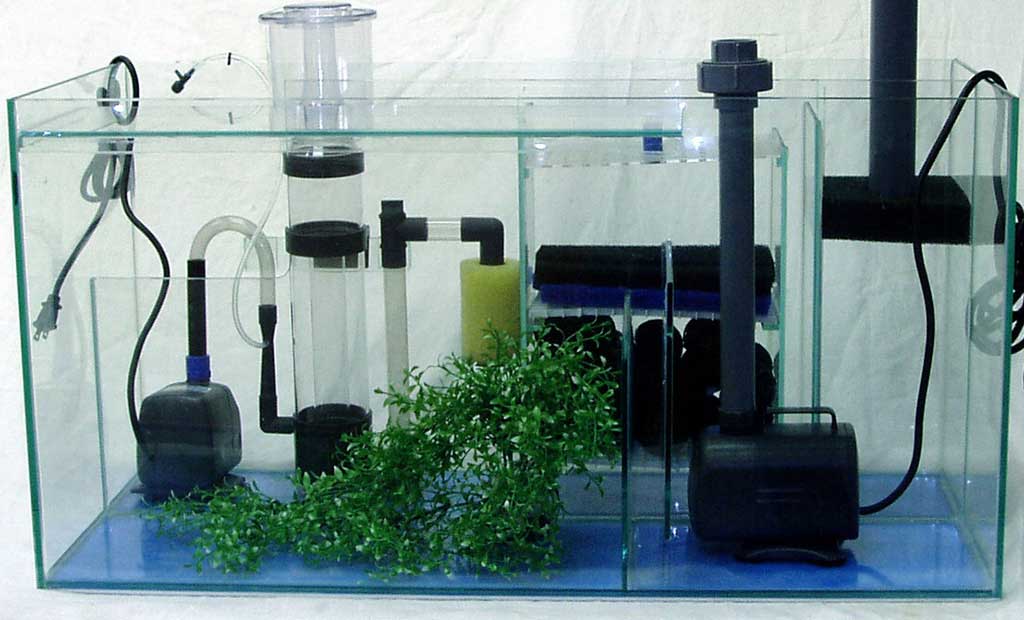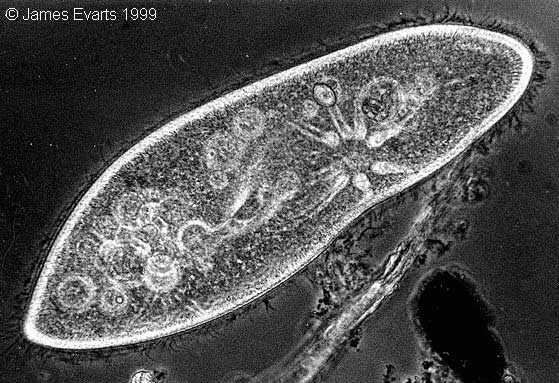Ozonation for home aquariums has now become quite a feasible procedure for indoor aquarium enthusiasts. Is there a need for it? What difficulties may arise? Is this technology dangerous? Let’s understand.
The use of ozone has long been a standard practice in industrial and public water treatment plants. This method is also used in the filtration of water masses in large exhibition aquariums. The popularity is due to the best efficiency, preservation of water quality, and conservation of water resources. The biggest problem with closed water systems is the accumulation of dissolved organic waste from various biological sources, such as waterfowl waste, decomposing products and plant material.
In aquariums of all sizes, mechanical filtration removes organic and inorganic solids. Biological filters sorb dissolved organic materials (ammonia and nitrite). But closed bodies of water retain large amounts of other dissolved and colloidal organic matter that accumulate over time. As a result, the most noticeable manifestation of pollution is a change in the color and odor of the water.
This is usually solved by a physical water change. Or by means of chemical absorption. Frequent water changes can be easily accomplished in small aquariums. This method is not practical for removing contaminants in large volumes. Using chemical absorbents is expensive. And it does not always remove unwanted dissolved organics. The use of ozone will help to solve the problem.
What is ozone. How does it remove organic molecules?
Ozone is a highly reactive form of oxygen. It is made up of three oxygen atoms (O3). Ozone is very unstable and short-lived. It is this instability that is an advantage for use as a strong oxidizing agent.”Ordinary” stable oxygen, which is found in air and water, has two oxygen atoms (O2).
When ozone molecules break down, they lose one atom to form stable “normal” oxygen molecules, releasing free oxygen atoms. It is these free oxygen atoms that combine with dissolved organic compounds.
This process, in turn, causes them to break down into simpler forms that are consumed by heterotrophic bacteria, or recombine into forms that can be removed by mechanical filtration or by the protein skimming process. An organic molecule that has gained a free oxygen atom and then broken down is called oxidized.
Where does ozone come from? How is it used in aquariums?
Ozone is an extremely unstable gas. It cannot be stored or purchased. The element lasts for a few seconds before it disintegrates. Ozone is generated by devices called ionizers or ozone generators. Most modern devices used for the aquarium hobby use a corona discharge method to create ozone.
In them, air is passed through a strong electric field. This separates atmospheric oxygen (O2) into individual atoms. Some of these atoms combine with molecular oxygen (O2) under the high voltage of the electric field to form ozone (O3). The resulting gas must be used up quickly before it turns back into regular oxygen.
Owners of marine aquariums already have ozonization devices – flotation devices. Ozone needs some time to affect oxidizable substances. The air inlet of the skimmer can become a highly effective contact chamber into which the ozone particles enter. It is only necessary to ensure that the skimmer and air supply tubes are made of materials that can withstand contact with ozone.
Some plastics and rubber can be damaged by O3 and this will cause leakage or breakage if exposed to the gas for long periods of time. Ionizers are also available, but they are difficult to use and harder to find.
What amount of ozone is safe for an aquarium?
ORP controller
The best way to monitor and control the amount of ozone is to use a redox potential (ORP) controller. It measures the electrical voltage in millivolts (mV) and indicates the oxidation capacity of water. As the amount of ozone increases, the ORP level also increases.
Seawater has an ORP at 350-400 mV. An ORP of 200 or less in an aquarium signals a low oxygen level. It also indicates a high content of dissolved organics. By keeping the ORP level between 250-350 mV, the ozone level can be adjusted accordingly. The use of a controller simplifies the process and allows the ozone generator to be turned off when the desired level is reached. The ORP should never be exceeded above 400 mV.
Most ozone generator manufacturers recommend a dosage of 5-15 mg/hour per 100 liters. You can buy ozone generators of any size, from small to super powerful. However, you should not chase after high-performance devices. Low-performance units will provide the best results in most cases. An overdose of ozone can be harmful to humans and aquarium inhabitants. There are several ways to make sure that the correct amount of ozone is filling a body of water.
When supplying ozone to the flotator, it is important that the gas decomposes in the chamber or exits through the top of the skimmer. Free ozone in the aquarium oxidizes organic material. This can cause damage to gills in fish and tissue damage in invertebrates. High concentrations of ozone in the air are harmful to human lungs.
Is ozonation safe for home aquariums?
Most aquarium hobby devices do not produce dangerous levels of ozone. You can use activated carbon in the chamber or in the top of the flotator. It will absorb the excess ozone. A test kit is also helpful to make sure that ozone is not leaving the reaction chamber of the aquarium.
Ozone in large quantities can act as a catalyst for some harmful compounds, such as hyperchloric and hyperbromic acids. Therefore, an ORP level of 400 mV is not recommended to be exceeded. It is not a good idea to use ozone in small enclosed rooms. A well ventilated room for an aquarium is the ideal place when using an ozone meter.
Unless an ORP meter or controller is used, then a conservative approach should be used. 5 mg/hour per 100 liters is a safe volume.
Another precaution when using ozone is to use dry air. Make sure that the oxygen stream supplied to the ozonator is free of moisture. Water will form nitric acid when it comes in contact with ozone. This will not only damage the equipment. But also to lower the pH of the water in the pond. Regenerable desiccant beads are used to dehumidify the air.
Benefits of ozonation for a home aquarium?
Clear water is the #1 reason for most people who use ozone machines. Dissolved organics discolor the water, ozone oxidizes and purifies it. This is especially useful for reef aquariums where lighting is crucial. Many people don’t even realize how cloudy the water is until they see the result of ozone. This gas also has disinfecting properties.
Pathogenic bacteria, single-celled parasites, greens, and viruses are destroyed by contact with ozone. Many species of living things secrete special protective substances. These are designed to protect them from predators or competitors. The substances build up over time and become a problem for the ecosystem. They are also destroyed by ozone.
It neutralizes pesticides, detergents, and many other toxins that can enter tap water. Ammonia and nitrites are oxidized into less harmful nitrate when exposed to ozone. And, as mentioned earlier, the use of ozone can reduce the amount of water that needs to be changed in closed systems.
